-15 % sur votre première commande
rentrez votre email pour recevoir le code
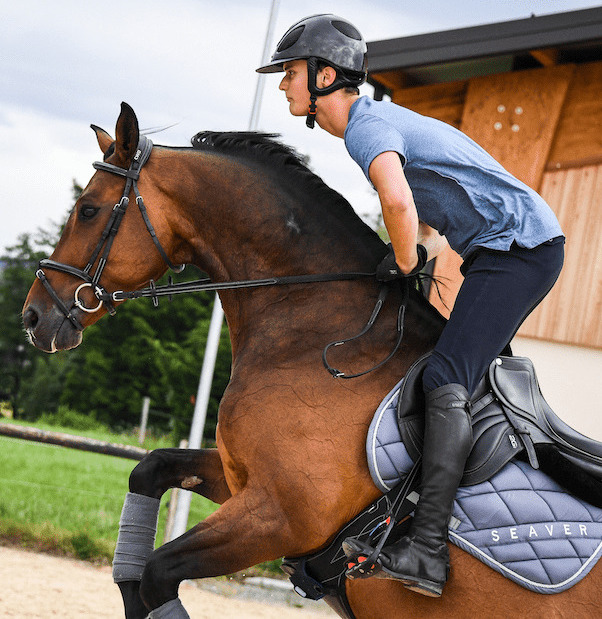

Le paiement x10 disponible sur la boutique ! Commandez votre airbag SAFEFIT pour 50€/mois
lundi, 28 mai, 2018
Spring has arrived; the weather and temperatures are nicer! Unfortunately for horses, spring also means insects, diseases and allergies. It is up to us riders, to know them, recognize them and know the proper reaction to have.
Insects are a real scourge for horses with the arrival of sunny days. For some horses, all these insects (flies, midges, horseflies, mosquitoes, etc.) flying around are a source of stress. However, the issue does not stop there: insects can also cause post-bite itching, transmit diseases, cause over-infections…
To limit the inconveniences for the horse, there are several products (shampoos, sprays, etc.), fly masks or flysheets you can use. It is also advised to put horses out later in the day, when there are fewer insects.
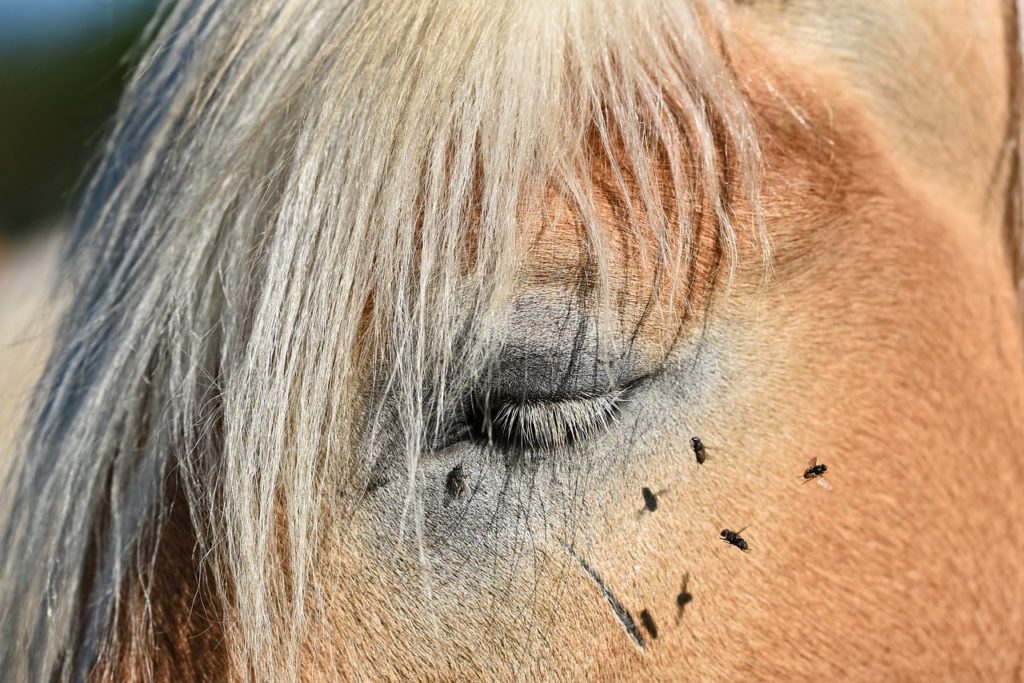
It is particularly important to watch out for caterpillars that are dangerous for horses and ticks, as they transmit diseases (piroplasmosis or Lyme disease).
Some horses may also suffer from dermatitis, when they are extra sensitive or even allergic to the saliva or bite of certain insects. Horses with equine seasonal recurrent dermatitis will scratch (often around the neck and the top of the tail), sometimes until they bleed. Protecting your horse from insects is thus important in many respects!
Just like us, horses can suffer from allergies. Pollen for instance is often the cause of respiratory problems and cough for sensitive horses. We must be careful, especially with horses that are outside a lot, to the presence of certain flowers and pollen in the fields. Speaking of flowers, we must of course also check that fields do not contain any toxic trees or plants (foxglove, maple trees, yew, poison hemlock, etc.) and watch out for these when on a trail ride to avoid an intoxication that would make the horse sick (some plants are even deadly for horses if they ingest a certain quantity).
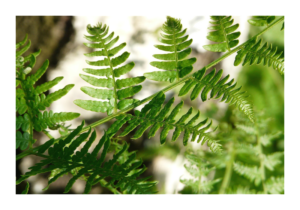 Bracken fern |
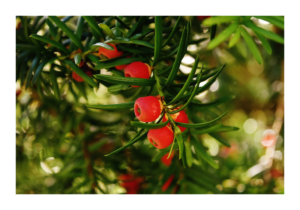 Yew |
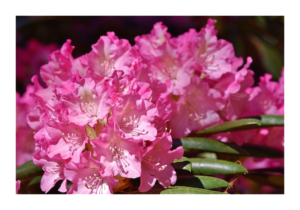 Rhododendron |
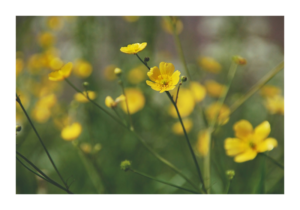 Buttercups |
Knowing plants that are toxic for horses and how to identify them is important to prevent the horse from eating them and to be able to react quickly and efficiently in case of intoxication. You can find a list of species toxic for horses here.
Another spring “problem”: the grass. All horses will obviously be happy to get back to grazing, but although it is important to the horse’s diet, early-spring grass is very rich and can make your horse sick if you do not take some precautions. Giving the horse hay before taking him out and/or putting some hay in the field will help ensure he does not eat as much grass.
Restricting grazing time is also important. For horses that have not been out all winter, it is advised to progressively turn them back out: 30 minutes the first days, slowly increasing turnout time. This will help prevent colics. You can also turn your horse out with a grazing muzzle, for the same purpose.
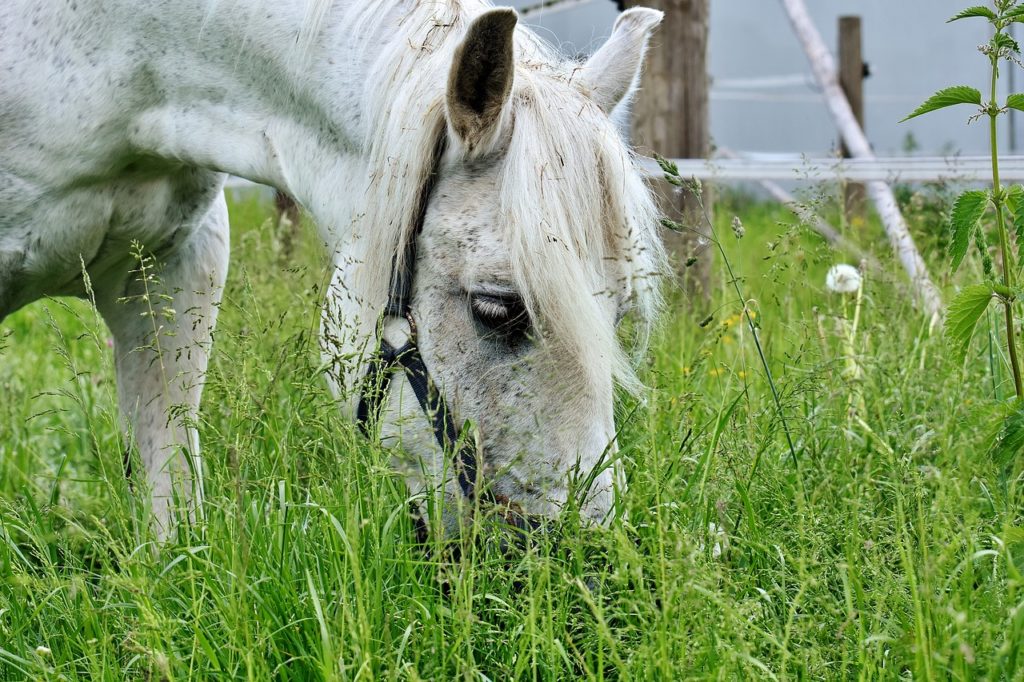
Furthermore, this grass is very rich in potassium but poor in magnesium and sodium. This can create problems for some horses, and require a magnesium supplement to compensate for the nutritional imbalance. It is also fiber-poor, which makes the sufficient intake of hay even more important. To prevent an imbalance of the digestive flora, which can cause colics, it is advised to include in the horse’s diet food rich in carbohydrates and cellulose, such as oats and barley.
When grazing, horses can also get contaminated by parasites by ingesting eggs. A horse victim from a parasitic infestation will loose weight because of the worms. Deworming horses regularly and cleaning fields is thus important to prevent this.
Finally, rich-grass consumed in excess can cause laminitis (hoof inflammation). You can recognize a horse suffering from laminitis by his posture and gait: the horse will not want to move, will have difficulty walking, and will lean backward, switching his weight to his hind legs. Once more, it is thus important to monitor horses – in this case ponies in particular as they are more affected by this disease – and their grass consumption this time of year.
--
See you soon with a new article!
The Seaver team